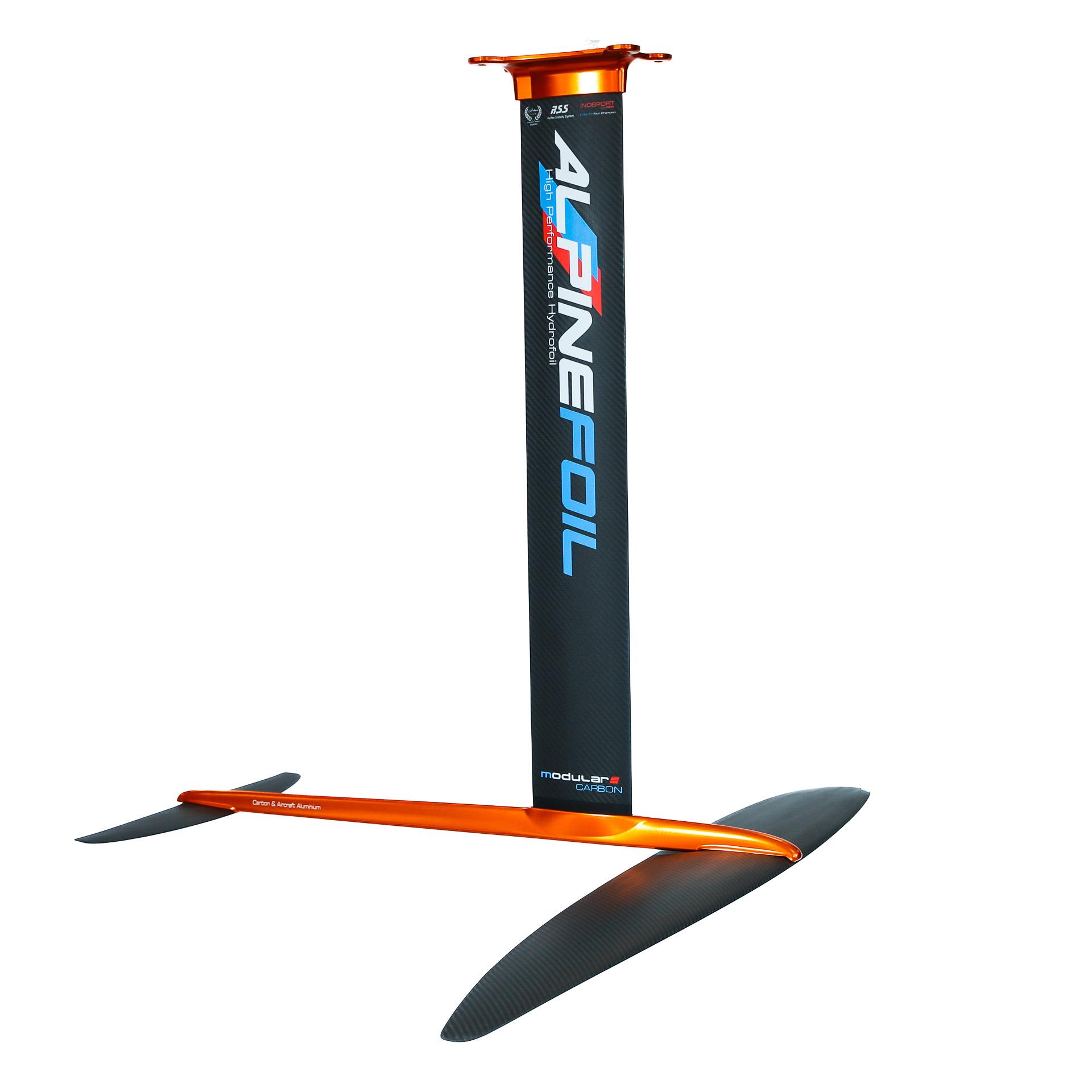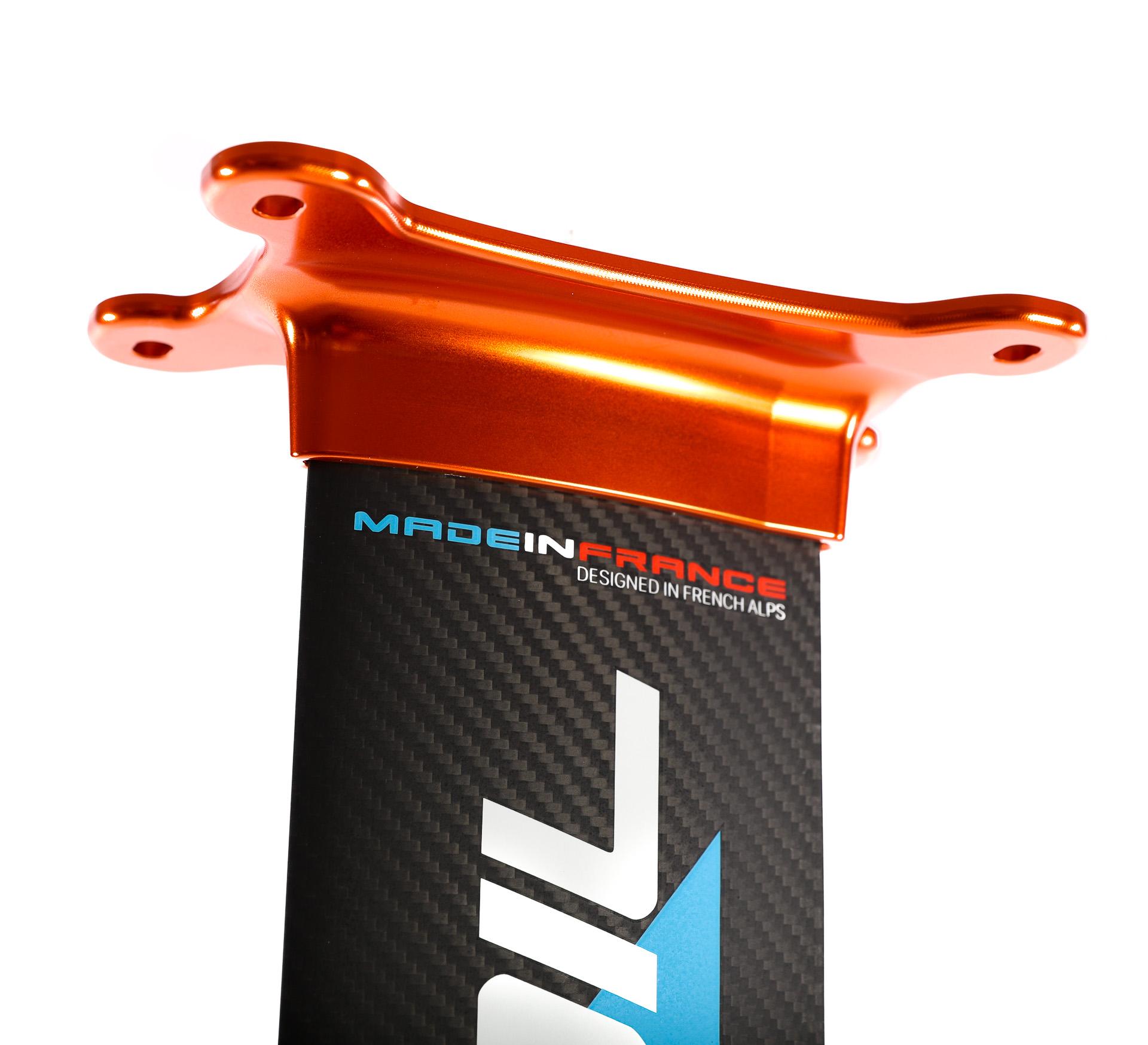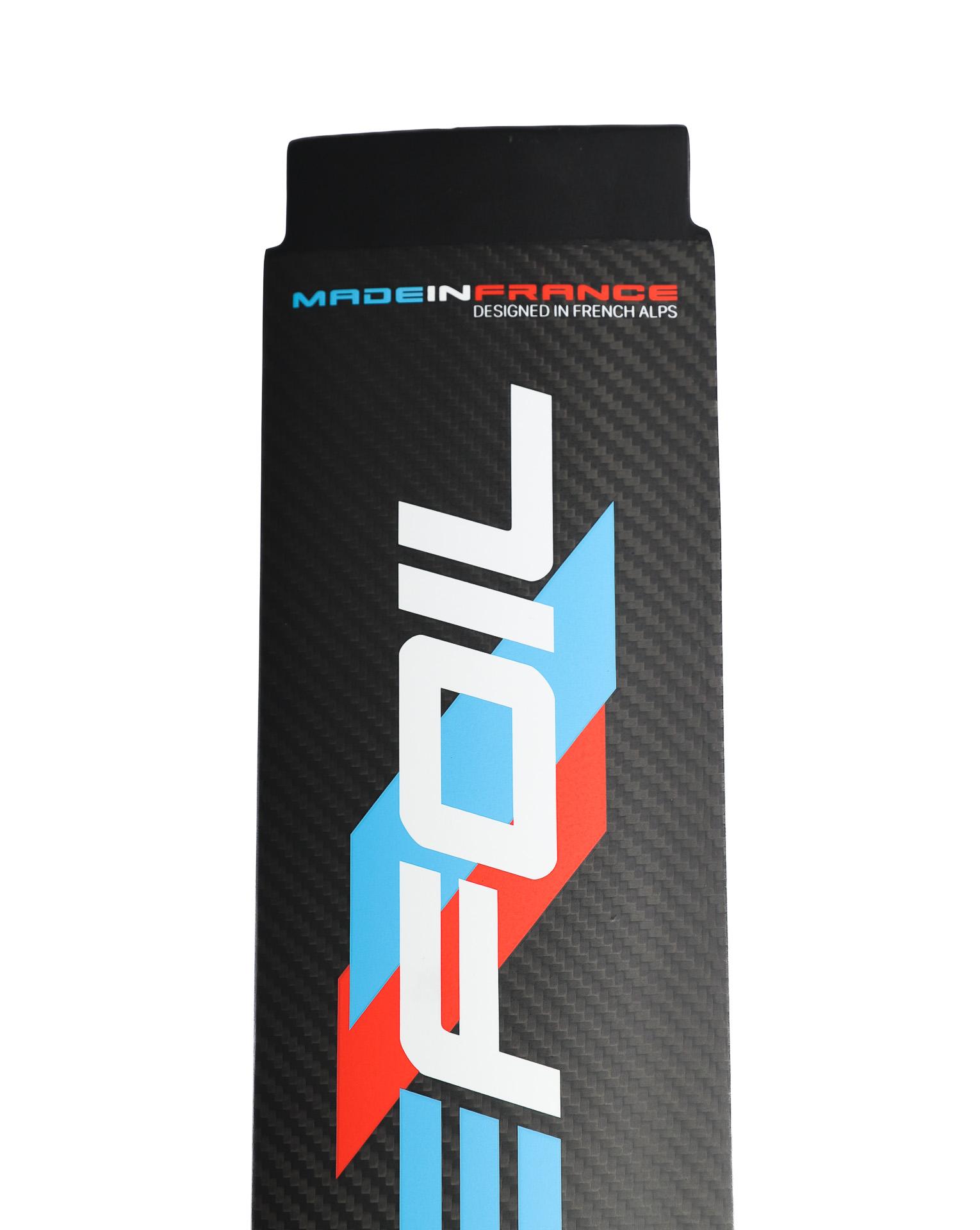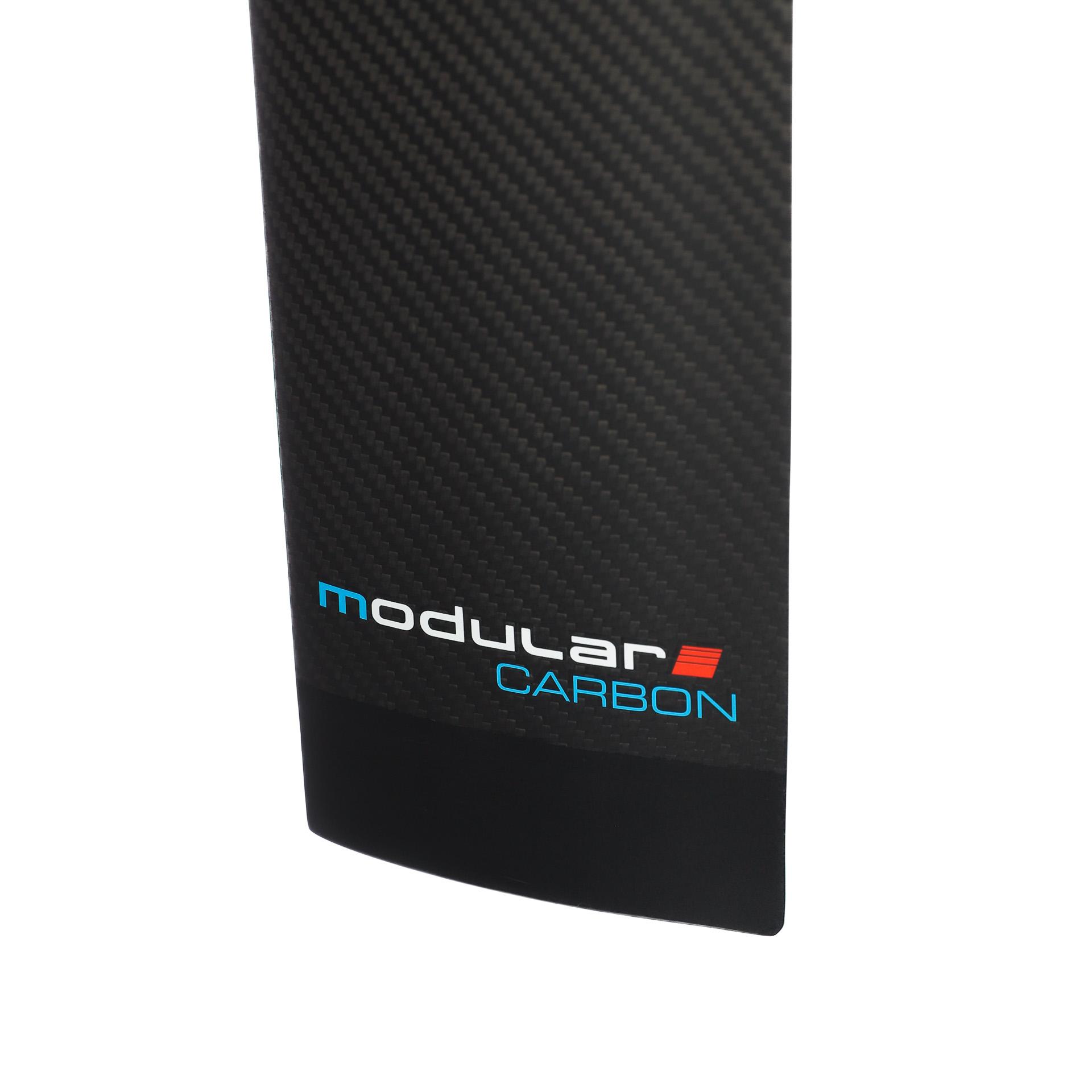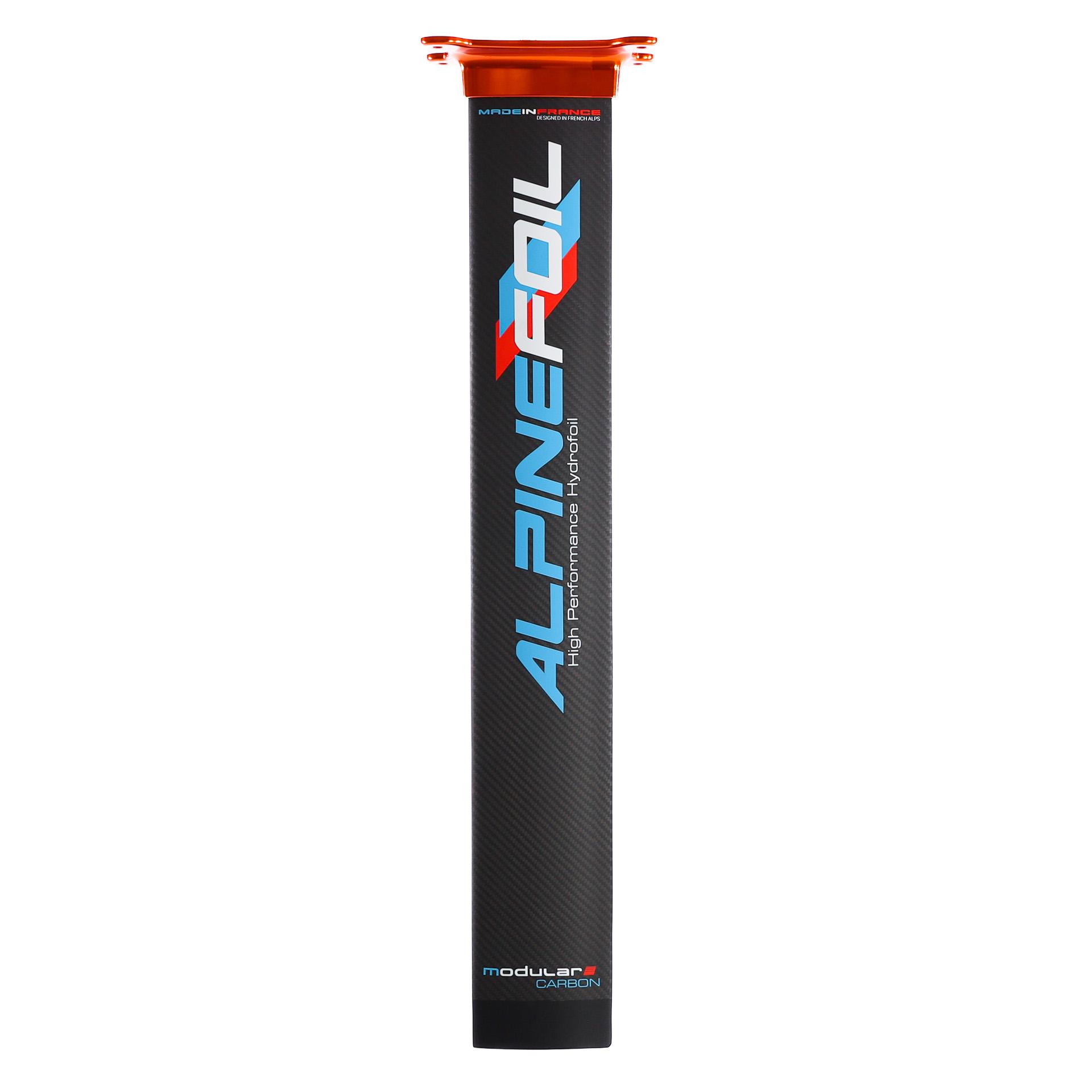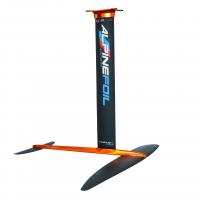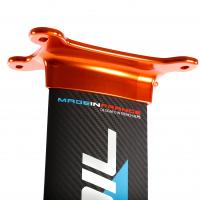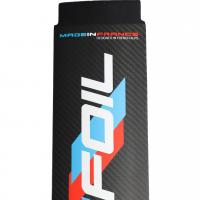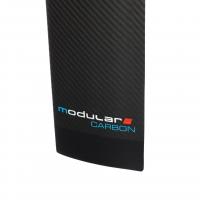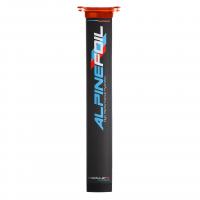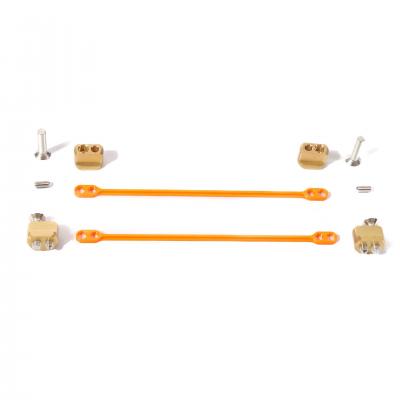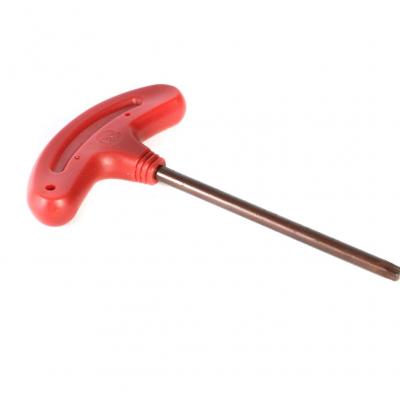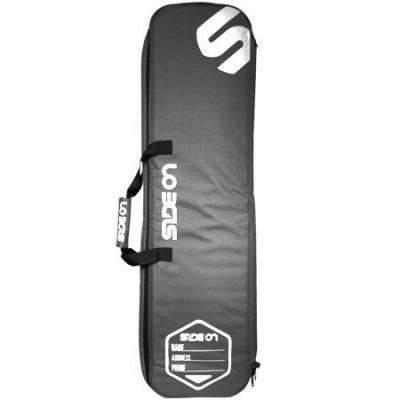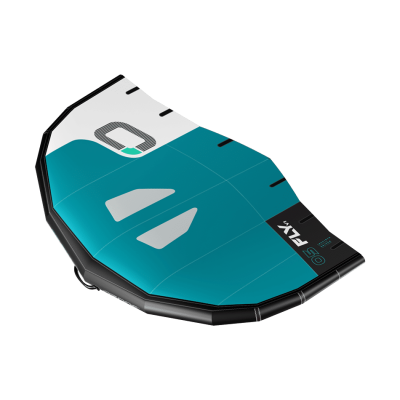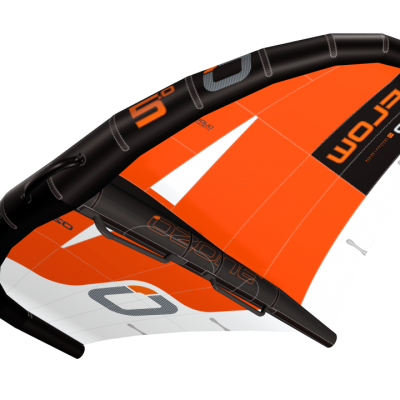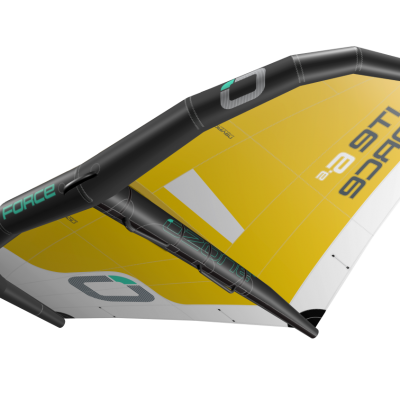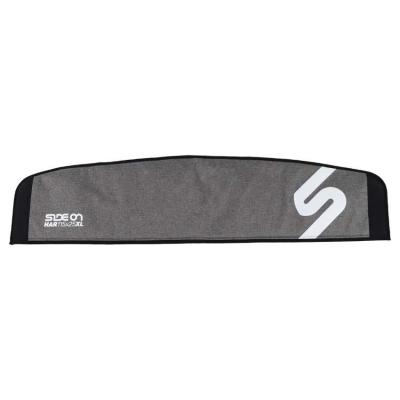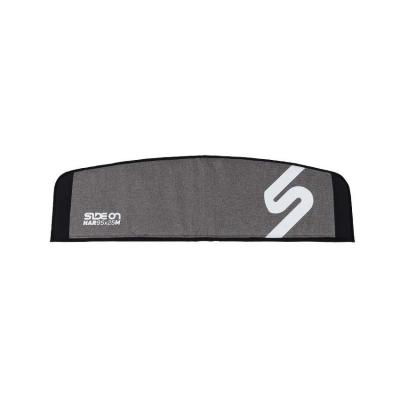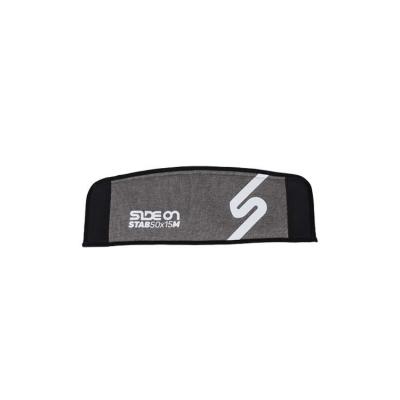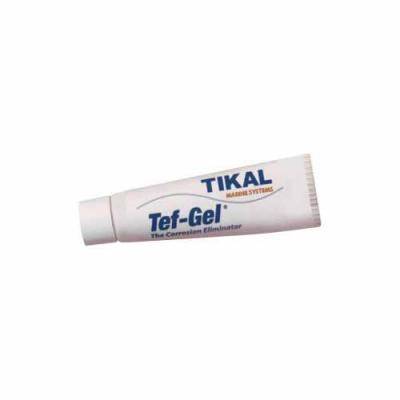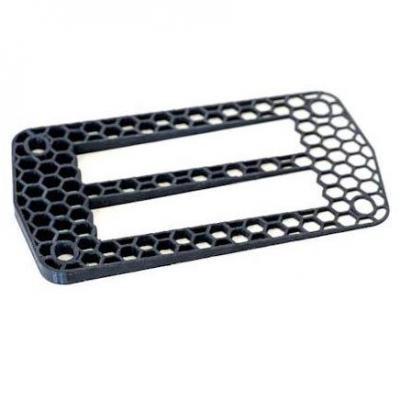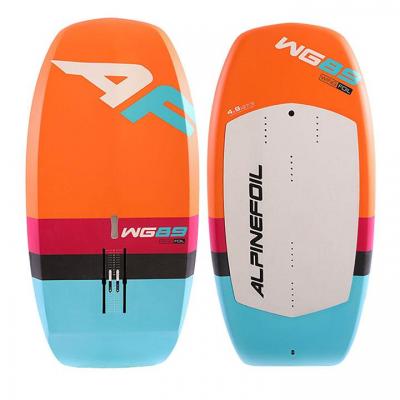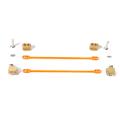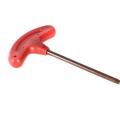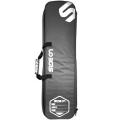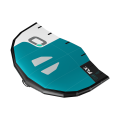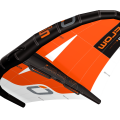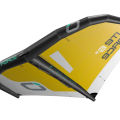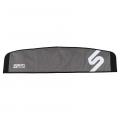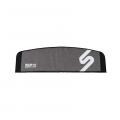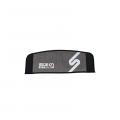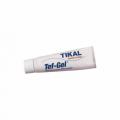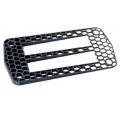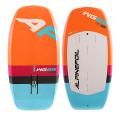Wingfoil Modular Carbon HM
AlpineFoil MODULAR – a Wingfoil made in France without limits and without compromise, the new generation of foil has arrived!
100% upgradeable, it protects your budget while taking into account all the new foil practices and their constraints.
WINGFOIL / KITEFOIL / SUP FOIL / SURF FOIL / WAKE FOIL / PUMPING
Wingfoil AlpineFoil Modular Carbon : Carbon Wing + Carbon Stabilizer + Carbon Mat 75/ 83/ 95 + US Rail Plate
Ultralight / Made in France
Beginner to expert level
Monday to Thursday: 8 a.m.–12 p.m. / 2 p.m.–7 p.m.
Friday: 8 a.m.–12 p.m.
Availability: In stock
1 898.00€ inc. tax
1 581.67€ excl. tax
Wingfoil Modular Carbon HM
WingFoil MODULAR, Innovation MADE IN FRANCE
The Mast
The Fuselage
"Modular" isn't a random name
Front wings for Wingfoil
Suggestions
-
M6 M8 T-Nuts US Rail OPTION
T-Nuts M6 & M8 (not supplied) compatible for US Rail self-locking screws Quantity : x4 Compatible...39.00€ inc. tax
Details
32.50€ excl. tax -
Kitefoil Torx driver tool
Torx mounting compact key, allowing an optimal tightening of the elements of your foil, this key ensures...17.50€ inc. tax
Details
14.58€ excl. tax -
SIDEON Foil Case - 115 cm x 30 cm
"Suitcase" type cover 115 cm x 30 cm specially designed for foils with plate (HAWK / MODULAR...119.00€ inc. tax
Details
99.17€ excl. tax -
Wingfoil sail - OZONE Fly V1
The Fly V1 is an Intermediate wing that is also perfectly accessible for those new to this sport. We...From
Details
999.00€ inc. tax
832.50€ excl. tax -
Wingfoil sail - OZONE FLOW
The new Ozone Flux V1 made a dominant release, with Ozone team riders Johnny Heineken and Ken Adgate...From
Details
1 049.00€ inc. tax
874.17€ excl. tax -
Wingfoil sail - OZONE LiteForce
The Ozone LiteForce is the perfect wingfoil for ultra-light wind conditions. It is available in sizes...From
Details
1 559.00€ inc. tax
1 299.17€ excl. tax -
Foil wing cover SIDEON 115x25
Wingfoil/Windfoil compatible foil cover Size XL 115x25 ideal for DW1680 , DW1370 and Regatta 1100 High...42.90€ inc. tax
Details
35.75€ excl. tax -
Front Wing Bag SIDEON 95x25
Wingfoil/Windfoil compatible foil cover Size 95x25 fits DW980 / DW750 / Regata 850 / Cruise...42.90€ inc. tax
Details
35.75€ excl. tax -
stabilizer Bag SIDEON 40x15
Cover for Stabilizer Size 40x15 Perfect for Stabilizer HA208 or HA175 High strength, 5mm padded,...34.00€ inc. tax
Details
28.33€ excl. tax -
Wingfoil Rake shim
Rake adjustment shim for US Rail system, allows to optimize the take-off of the foil in the light wind...26.00€ inc. tax
Details
21.67€ excl. tax -
WG89 BOARD OPTION -100€ Foil + Board Purchase
Planche Wingfoil WG89 , 4.9 x 27.5 - 89 litres - Programme : Confirmé à Expert, construction...1 499.00€ inc. tax
Details
1 249.17€ excl. tax
Add a comment
Receive AlpineFoil news



